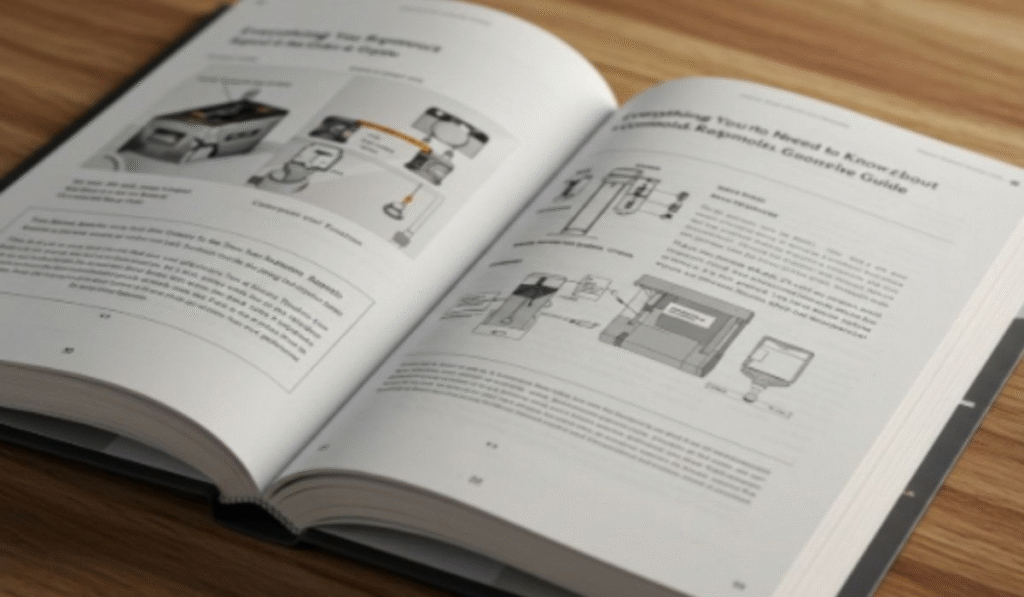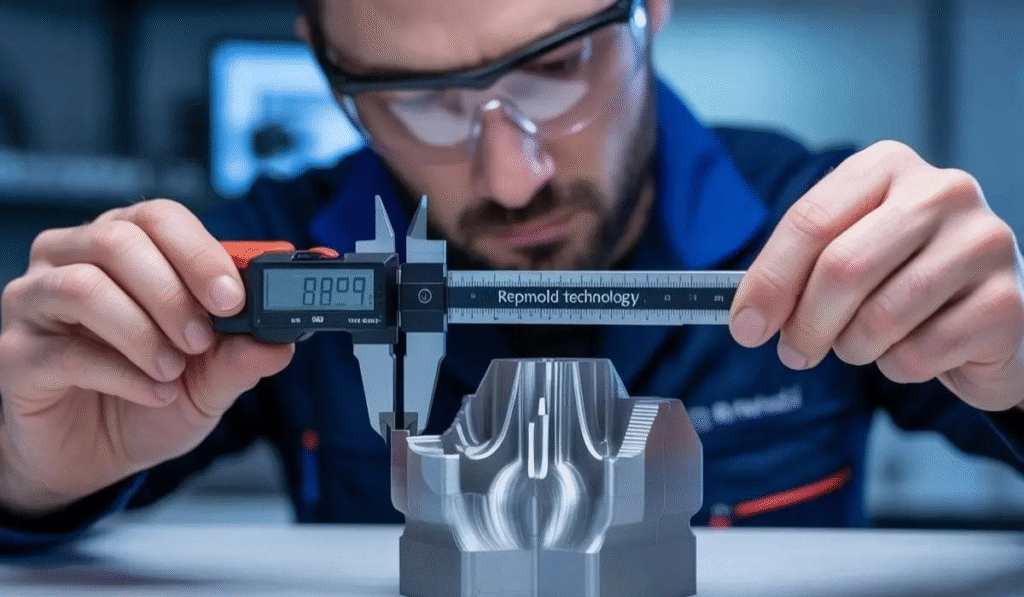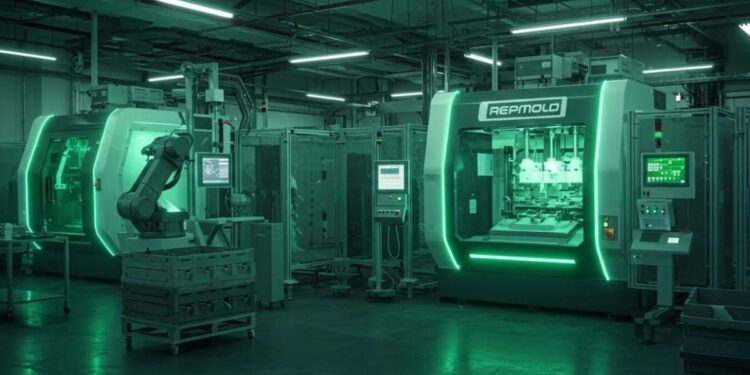Repmold is becoming a highly discussed concept in modern industries, particularly in areas where manufacturing efficiency, digital transformation, and process automation intersect. At its core, represents a blend of technological approaches and tools that allow businesses to replicate, mold, or transform processes, materials, or digital systems in a way that saves both time and resources. It is a multifaceted solution that extends beyond traditional manufacturing or IT systems, offering a wide spectrum of applications. In today’s fast-paced environment, businesses, innovators, and developers are constantly seeking tools that bridge efficiency and innovation, and is emerging as one of those essential solutions.
What is Repmold
Repmold can be understood as a structured system or tool that enables the replication and molding of processes, technologies, or components. It is not limited to physical industries like molding in factories; it also encompasses software solutions, digital ecosystems, and automation workflows. The name itself suggests repetition and molding, meaning it has an intrinsic ability to reproduce processes in a way that ensures consistency while allowing adaptability. is designed to provide flexibility, enhance scalability, and minimize errors, which makes it particularly useful for businesses seeking long-term growth and sustainable operations.
The Role of Repmold in Modern Industries

Modern industries are shaped by demands for faster production, improved quality, and scalable solutions. Repmold serves as a backbone for these requirements by enabling businesses to design frameworks that are reusable and adaptable. In manufacturing, for example, can ensure that molds are created with precision, reducing waste and streamlining mass production. In software development, can help automate repetitive tasks, replicate code modules, or simplify data integration. It is this versatility that makes applicable to sectors ranging from automotive and aerospace to information technology and healthcare.
Key Features of Repmold
The features of Repmold go beyond surface-level convenience and directly impact business productivity. One of its primary features is replicability, which ensures that once a system or model is created, it can be used repeatedly without compromising quality. Another feature is adaptability, meaning can be tailored to suit different environments or evolving requirements. Scalability is also a major advantage, as allows businesses to expand their processes without significant costs or disruptions. Additionally, accuracy and precision are built into its design, reducing the margin of error across multiple workflows.
Advantages of Using Repmold

Organizations that adopt Repmold benefit from a wide range of advantages. First, it helps reduce costs by minimizing errors, lowering material waste, and saving time. Businesses can also enjoy greater consistency in production or service delivery, which directly enhances customer satisfaction. Another advantage lies in its flexibility, as can be applied in both physical and digital contexts. It also helps companies remain competitive by adapting quickly to changes in market demands. Moreover, enables better resource allocation by allowing teams to focus on innovation rather than repetitive tasks.
Practical Applications of Repmold
The applications of Repmold span across multiple domains. In manufacturing, it is used to create molds for product components that require precision and consistency. In software, tools help replicate data models, integration processes, and code libraries. Healthcare industries utilize for creating custom molds for medical devices or replicating digital health systems for different hospitals. In education, concepts are applied to replicate learning management systems that can be molded to suit various institutions. These practical applications highlight the broad utility of across disciplines, making it a universal solution for growth and efficiency.
How Businesses Can Leverage Repmold

For businesses, leveraging Repmold means integrating it into their core operations to maximize outcomes. This can be achieved by first identifying repetitive tasks or processes that require consistency and accuracy. Companies can then deploy to replicate these tasks, saving valuable time and reducing manual intervention. Another way businesses can leverage is by incorporating it into product design, ensuring faster prototyping and production. In the digital landscape, businesses can mold software systems using principles to create tailored applications that meet customer needs. This strategic leveraging of not only boosts productivity but also enhances innovation.
Challenges and Considerations of Repmold
While Repmold offers numerous benefits, it is important to recognize the challenges that come with its implementation. One of the main challenges is the initial investment in technology and training, which may be significant for smaller businesses. Another consideration is compatibility, as systems must align with existing infrastructure to be effective. Companies may also face resistance from employees who are unfamiliar with or hesitant about adopting new technologies. Data security and system integration are additional considerations, especially when applying in digital environments. Addressing these challenges through proper planning, training, and resource allocation is crucial for successful adoption.
Future of Repmold in Global Industries

The future of Repmold looks promising as industries continue to embrace digital transformation and advanced manufacturing practices. With the rise of artificial intelligence, machine learning, and smart automation, is likely to become even more powerful. It will not only replicate processes but also adapt dynamically using predictive analytics and real-time feedback. The integration of into cloud platforms and IoT systems will further expand its scope, allowing global industries to achieve higher levels of efficiency and innovation. In the coming years, will serve as a cornerstone for businesses aiming to remain competitive in an increasingly digital and connected world.
Conclusion
Repmold is more than just a tool or concept; it is a transformative approach that can reshape the way industries function. Its ability to replicate, mold, and adapt processes makes it relevant across manufacturing, software, healthcare, and education sectors. The advantages it offers in terms of scalability, flexibility, and accuracy place it at the forefront of modern business solutions. While there are challenges in terms of implementation, the long-term benefits outweigh the initial barriers. For any business or organization looking to grow sustainably, adopting and leveraging Repmold can be a game-changing decision.
Frequently Asked Questions
1. What is Repmold used for?
- Repmold is used for replicating and molding processes, products, or digital systems to ensure consistency, accuracy, and scalability across industries.
2. How does Repmold benefit businesses?
- It benefits businesses by reducing errors, saving time, cutting costs, and enabling scalability in both physical and digital workflows.
3. Which industries can use Repmold?
- Repmold is versatile and can be applied in manufacturing, information technology, healthcare, education, and other sectors that require efficient replication and molding processes.
4. What challenges come with adopting Repmold?
- Challenges include high initial investment, compatibility issues, resistance to change from employees, and integration concerns in digital systems.
5. What is the future potential of Repmold?
- The future of Repmold lies in its integration with AI, machine learning, cloud systems, and IoT, making it more adaptive, intelligent, and globally applicable.


















